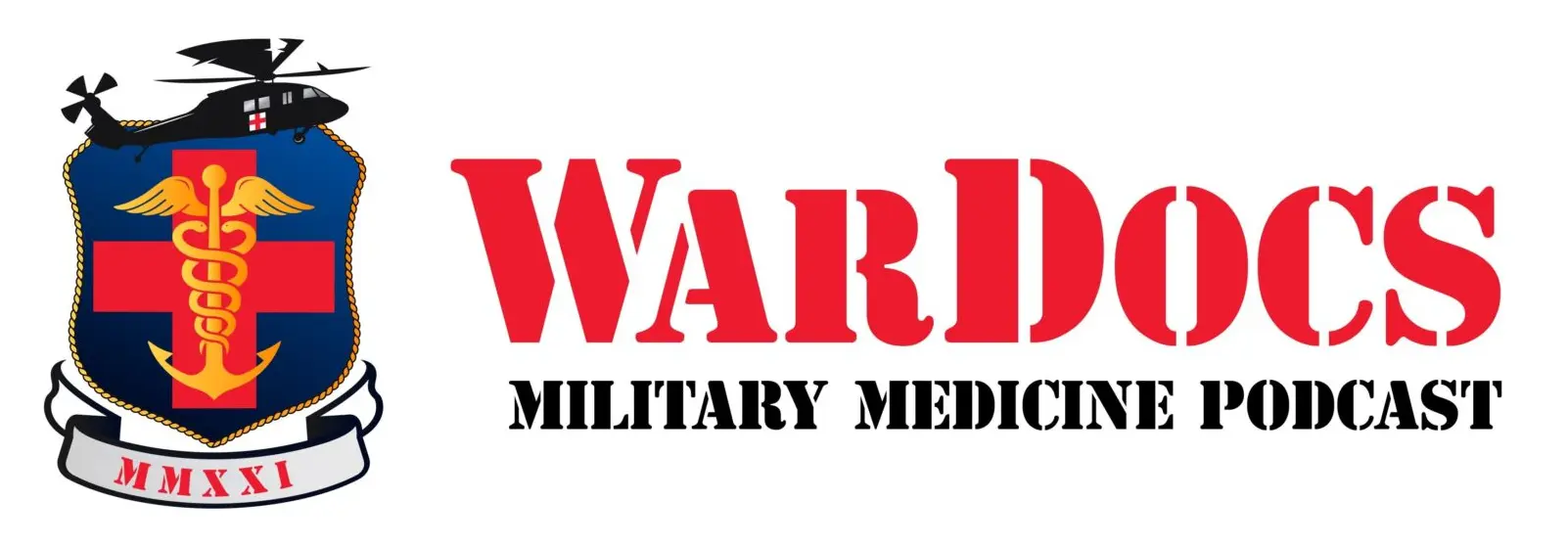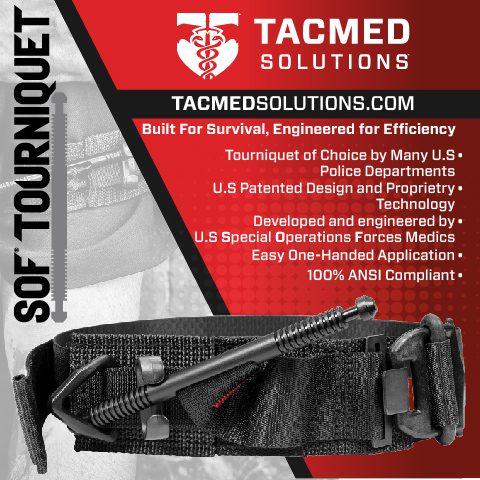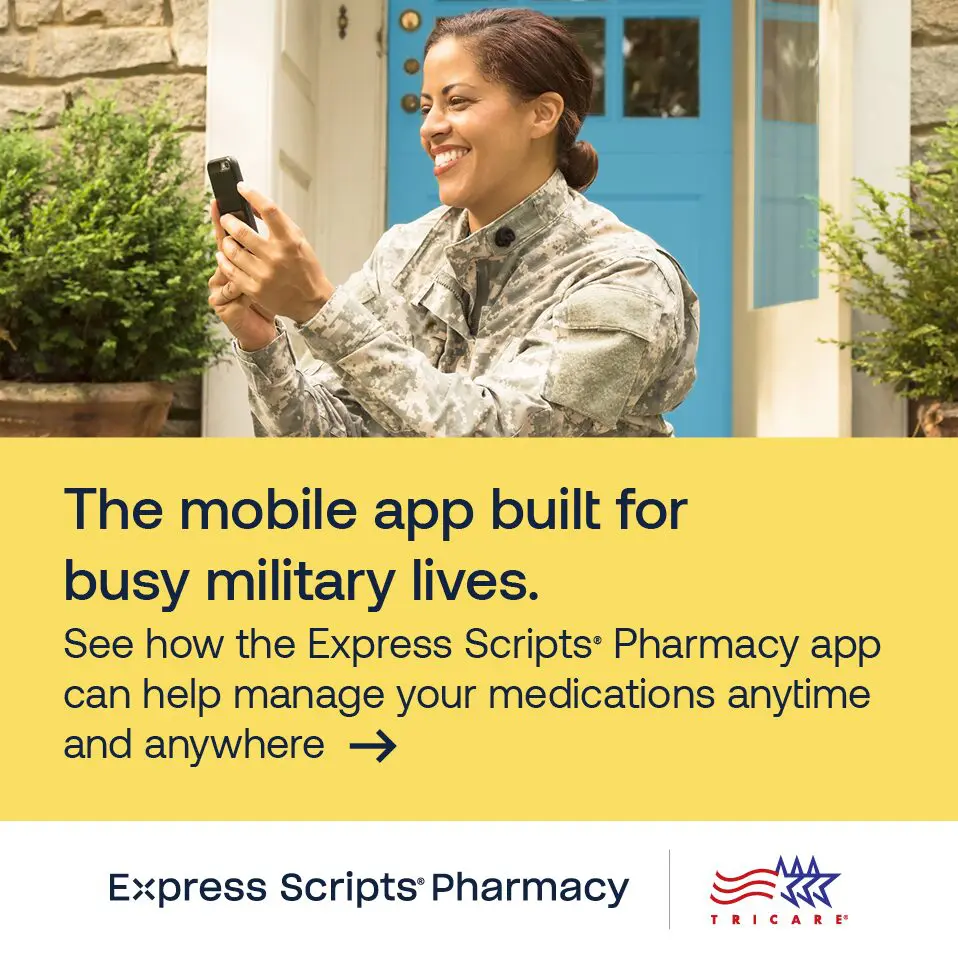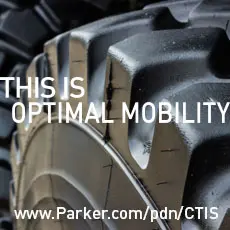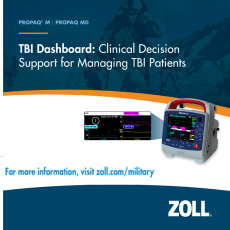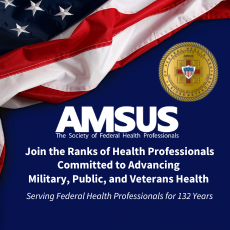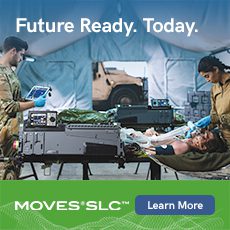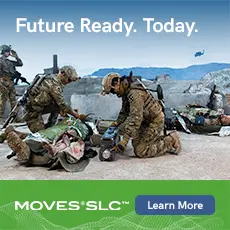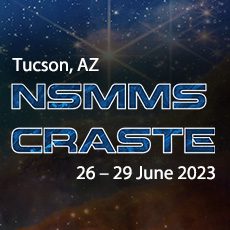Advancing The Future of Military Health
LTG Ronald J. Place
Director
Defense Health Agency
From Combat & Casualty Care , August 2022
Lieutenant General Ronald J. Place, Director of the U.S. Department of Defense’s Defense Health Agency (DHA). Located in Falls Church, Virginia, the DHA supports the National Defense Strategy and Service Military Departments by leading the Military Health System (MHS) as an integrated, highlyreliable system of medical training, readiness, and health. The DHA directs the execution of ten joint shared services to include the TRICARE health plan, pharmacy, health information technology, research & acquisition, education & training, public health, medical logistics, facility management, budget resource management, and contracting. The DHA also administers the TRICARE Health Program which provides worldwide medical, dental and pharmacy programs to more than 9.6 million uniformed servicemembers, retirees, and their families. By the end of 2022, the DHA will have reached critical milestones in the transformation of the MHS that has defined the last few years. Combat & Casualty Care spoke with LTG Place about what’s next for the Agency when it comes to research and development that will benefit the warfighte
C&CC: Before we talk about the future state of research and
development at the DHA, can you level set the current state of the
Military Health System and DHA?
LTG Place: In broad terms, the Military Health System (MHS) is many types of health systems in one. It’s a hospital system, an outpatient health system, a health benefit plan (TRICARE), a public health system,
an educational system, and a medical research and development system. This “system of systems” is what keeps service members healthy and cares for them when they’re wounded, ill, or injured. It’s a
large, complex, international system with expertise across every single component of the larger U.S. health system.
The Defense Health Agency is a joint, integrated Combat Support Agency that enables the uniformed medical services to provide a medically ready force and ready medical force to Combatant
Commands in both peacetime and wartime. We follow the principles of High Reliability Organizations across the MHS, which helps us deliver high-quality care to our beneficiaries. By the end of September,
we’ll have completed the transition of military hospital and clinic management from the Military Departments to the DHA. And we will have rolled out MHS GENESIS, our new electronic health record
system, to the majority of those military hospitals and clinics.
Unlike private sector health care organizations, we routinely send service members into harm’s way. This means we have an obligation to protect them from illness and injury. It’s critical that we have cutting edge capabilities to treat individuals in locations where a young medic may be the most qualified medical expert within hundreds of miles. It also means we have the ability to move injured service members thousands of miles when no one else would dare try to aeromedically evacuate a patient. Our need to anticipate threats and opportunities that lie ahead are at the heart of why we maintain a robust research
program.
Hopefully, this helps explain the immense responsibilities of our system, and why our research and development activities are so vital to United States national security, and to the general advancement of
medicine.
C&CC: So, what’s next?
LTG Place: By the end of September, we’ll be a joint operational headquarters responsible for managing, executing, and delivering high-quality health care, medical education and training, military medical research and development, and public health support to our 9.6M beneficiaries and the Services. We’re moving from the transition phase of these changes to the execution phase.
We’ll continue to mature and expand our capabilities as a Combat Support Agency, optimize the MHS, and drive improvements in operational support for the Combatant Commands. To do this, we’ll integrate operations with partners in other federal agencies, particularly with the Department of Veterans Affairs, and optimize our civilian
health care partnerships. When it comes to research and development, the Army, Navy, and Air Force each have vital research portfolios. Over the next couple of years, we’ll be standing up a joint, integrated R&D program, allowing us to leverage the research enterprise to ensure we
provide the best possible care for our warfighters and their families.
C&CC: How has the MHS Transformation impacted medical research, acquisition and development?
LTG Place: I’ll use the Joint Trauma System (JTS) as an example. The mission of the JTS is “to improve trauma readiness and outcomes through evidence-driven performance improvement.” In simpler terms,
ensuring every injured service member has the best chance for survival and recovery. It means we’re developing products to reflect the best medical expertise we have, regardless of what uniform they wear, or whether the expert is military or civilian.
Then, we need to invest in Knowledge Translation, to accelerate what we learn at the bench and move it to the battlefield and the bedside. We are using some of those Knowledge Translation products
to ensure our practitioners follow evidence-based practices to reduce post-partum hemorrhage, or increase the co-prescribing of naloxone when we prescribe opioids.
One of the technologies we recently transitioned from our research portfolio to our acquisition program is a Next Generation Diagnostic System for diagnosing infectious diseases in the field to aid in the
diagnosis of malaria, dengue fever, and leptospirosis. Some of the great advances being made to combat malaria today are thanks to several decades of military medical research.
C&CC: As a Combat Support Agency, how has the DHA been able to improve support for the Combatant Commands?
LTG Place: The DHA supports military operations in more ways than can be described here, but that support especially comes from DHA elements such as the Armed Services Blood Program, JTS, and the
Armed Forces Medical Examiners System. Our military hospitals and clinics are readiness platforms that keep our military forces ready to perform their mission and allow our military medical personnel to
sustain and improve their clinical skills for deployment. But, for your audience, I’ll focus on medical research and development. The future of warfare drives our research investments. Over the
next few years, we could face a broad range of conflicts requiring different capabilities, all while dealing with new and complex casualties from advanced weapons and a changing environment.
For example, air superiority may be a challenge on the future battlefield. That may mean the “Golden Hour” doctrine of rapid medical evacuation from the battlefield isn’t possible. We may need to treat
casualties in place, for extended periods of time. So, we’re developing lifesaving, portable tools that we can use far forward. We’re leveraging patient triage capabilities, predictive analytics, and machine learning, all with an eye to extending treatment capability. We’re also working to monitor airborne health hazards through wearables meant to protect the health and safety of the warfighter, studying the value of sleep, and the social-psychological consequences of combat.
We recently transitioned technologies that allow us to extend the shelf life of cold-stored platelets produced at Department of Defense (DoD) blood banks or platelets supplied by civilian blood banks. We
also made our open-source Tactical Combat Casualty Care (TCCC) curriculum available on mobile apps to support everyone on our medical teams, from medics and corpsmen to nurses and surgical
specialists.
During COVID-19, the Health Protection Condition (HPCON) levels framework provided critical guidance to operational commanders and installation commanders, enabling them to make critical decisions
to support the heath and readiness of their forces. HPCON is a great example of the power of partnership, of developing strategies and working together to find joint solutions.
C&CC: It looks like COVID-19 will be with us for a while. How has the DHA’s response to the pandemic influenced research and development?
LTG Place: Much of what we learned over the last two years applied before COVID, although the pandemic certainly increased the urgency. DoD called upon us to respond to, and help lead, research and development of vaccines and therapeutics, testing, treatment, and vaccination efforts. It was a stark reminder of the connection between disease and readiness. COVID was an opportunity for the DHA and the Services to work together to find joint solutions to protect the health of the force. We
already knew how to integrate care, and the way that we were set up within the MHS provided a framework that helped us support the pandemic response both inside and outside of the DoD. In November 2020, we used that knowledge to establish and lead an Operational
Planning Team (OPT) of nearly 85 representatives from across the DoD. The OPT developed and executed a complex plan to safely and effectively administer vaccines to the DoD’s globally dispersed population. That level of collaboration wouldn’t have been possible without an interservice effort and the personnel in the field.
The OPT’s success truly shows the value of the DHA in its role as an operational combat support agency. Our ability to bring together a successful and effective team, and work with the services to support
the needs of the Combatant Commands and other DoD agencies and field activities, is a model we can leverage into the future as we mature our processes to support future joint research and development efforts. It also confirmed that the DoD is on the right path as we used our
new organizational structure to collaborate with our partners and drive innovation. We built out new capabilities, implemented new patientcare techniques, and launched massive new research efforts. This
includes a new registry for real-time COVID-19 data that now track hundreds of thousands of patients and their outcomes, as well as devices to protect health care personnel from disease.
Researchers from the U.S. Army Combat Capabilities Development Command’s Army Research Laboratory and the University of Pittsburgh Medical Center created an individual biocontainment unit that uses
negative pressure to suction the air from around a patient and filter out viral particles. To keep aircrews safe while transporting COVID patients, the Air Force developed the Negatively Pressurized Conex
that surrounds patients within a negatively pressurized containment system. And working with teams from across the MHS, a surgeon from the Uniformed Services University and Walter Reed National
Military Medical Center developed a similar device – the COVID-19 Airway Management Isolation Chamber, or CAMIC – that captured and removed viral particles emitted by patients.
To help COVID patients breathe more easily while on ventilators, Keesler Air Force Base in Mississippi prototyped a pronating shelf with cut-outs for the patient’s face. This design helped patients breathe
while lying prone (face down) on ventilators. As global ventilator supplies dwindled, the Naval Surface Warfare Center Panama City Division in Florida developed low-cost, easily-assembled ventilators
that personnel in both the field and hospital settings could easily replicate.
While the COVID-19 pandemic highlighted the need for continued operational medical innovations, the DoD is also looking to ensure we track the course of the disease and its effects on service members.
One research effort led by the Naval Medical Research Center has moved into a new phase. The CHARM — COVID-19 Health Action Response for Marines – study was instituted to assist the Marine
Corps in managing the initial COVID-19 outbreak at recruit depots in May 2020. The study helped monitor the health of recruits who tested positive for the virus. Now, more than two years later, a second
iteration of the study has been launched to follow up and monitor symptoms those recruits – now in the Fleet Marine Force – may be experiencing. Studying the long-term effects of COVID-19 today may
play a critical role in developing the therapeutics of tomorrow. We know COVID-19 will continue to evolve. We need to not only address the current pandemic, but develop a next generation vaccine
that can act as a first line of defense against variants of concern and similar viruses that could emerge in the future. More than anything, COVID-19 showed us that support for our warfighting capabilities requires a joint effort across the DoD.
C&CC: Can you tell us about any projects in the research, acquisition, and development pipeline?
LTG Place: We support approximately 25 modernization and upgrade efforts per year. In the pipeline today is a device to calibrate numerous ventilators in a variety of medical settings; a portable operating
table designed for surgical procedures in far forward operations; an ultrasound device used for rapid diagnosis of injuries; posttraumatic stress disorder and acute stress disorder screening tools; and blood
plasma freezers. Needless to say, there’s a lot of exciting products and tools in the works.

